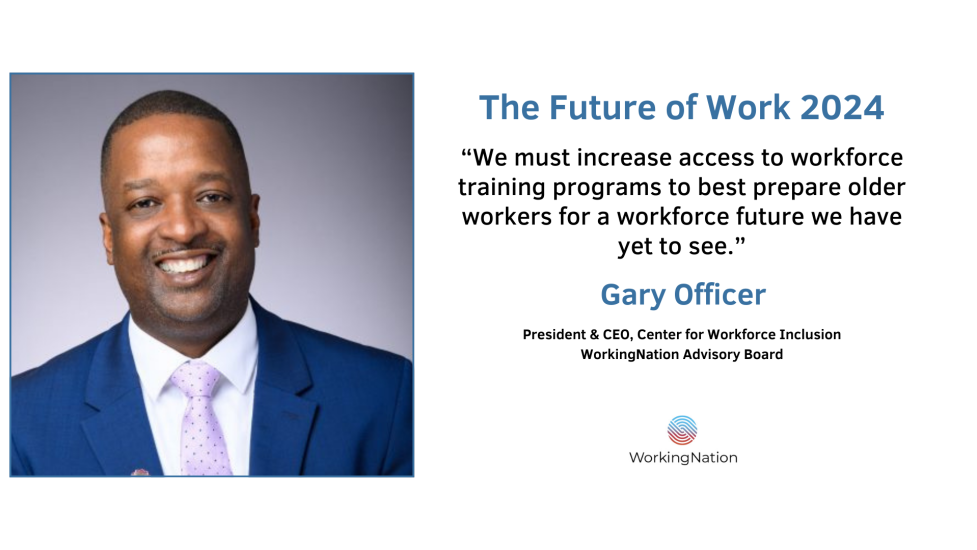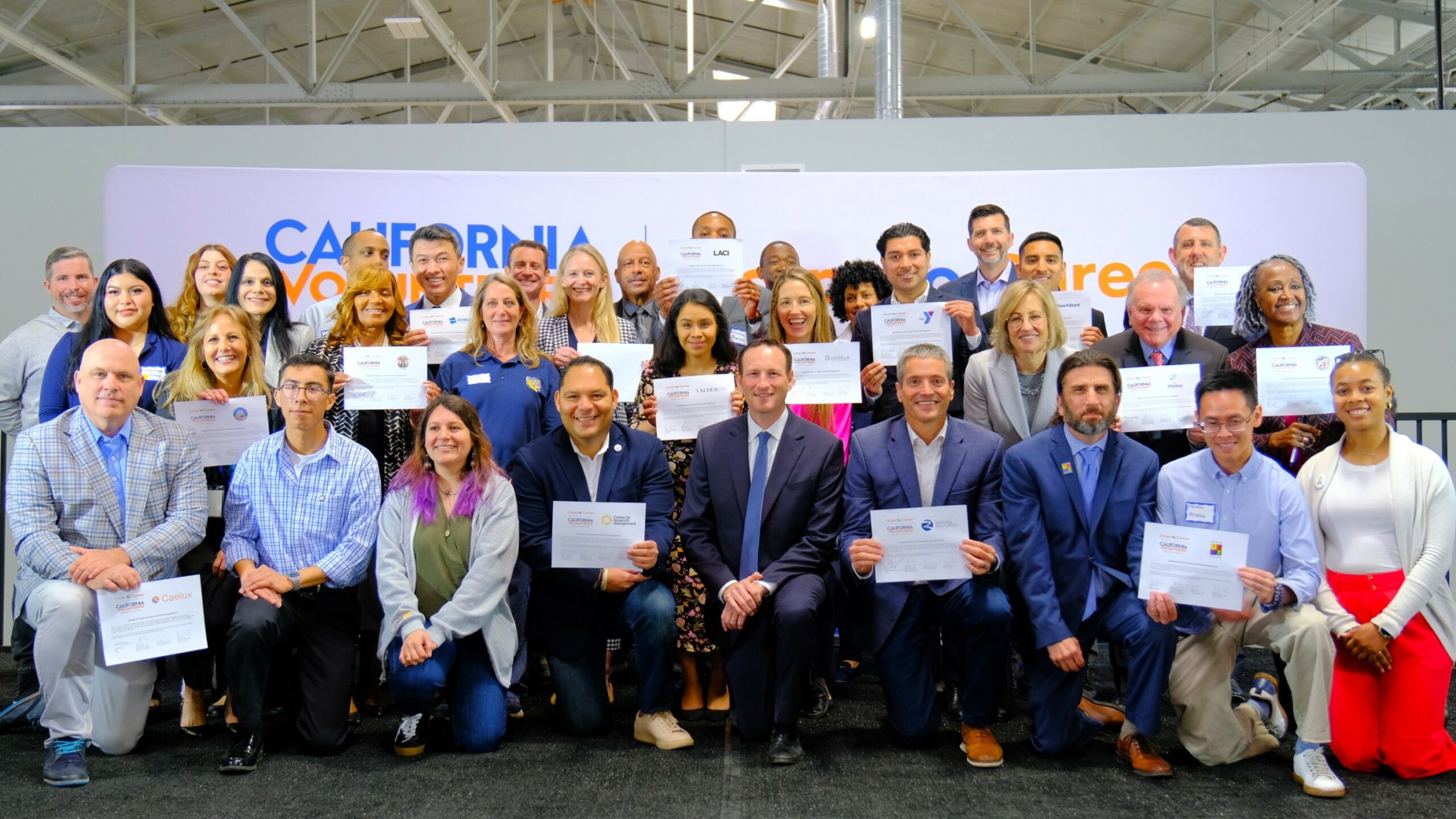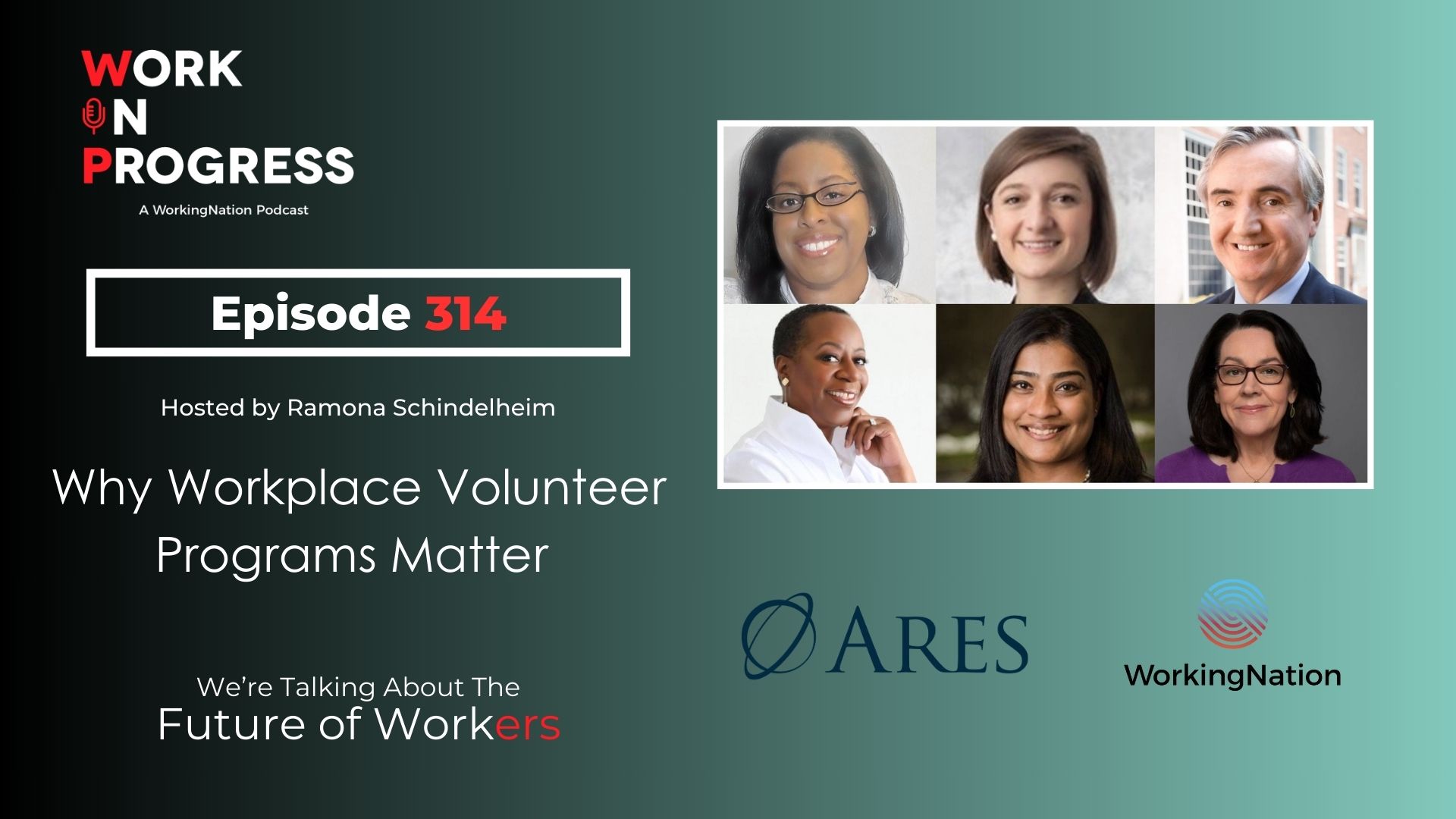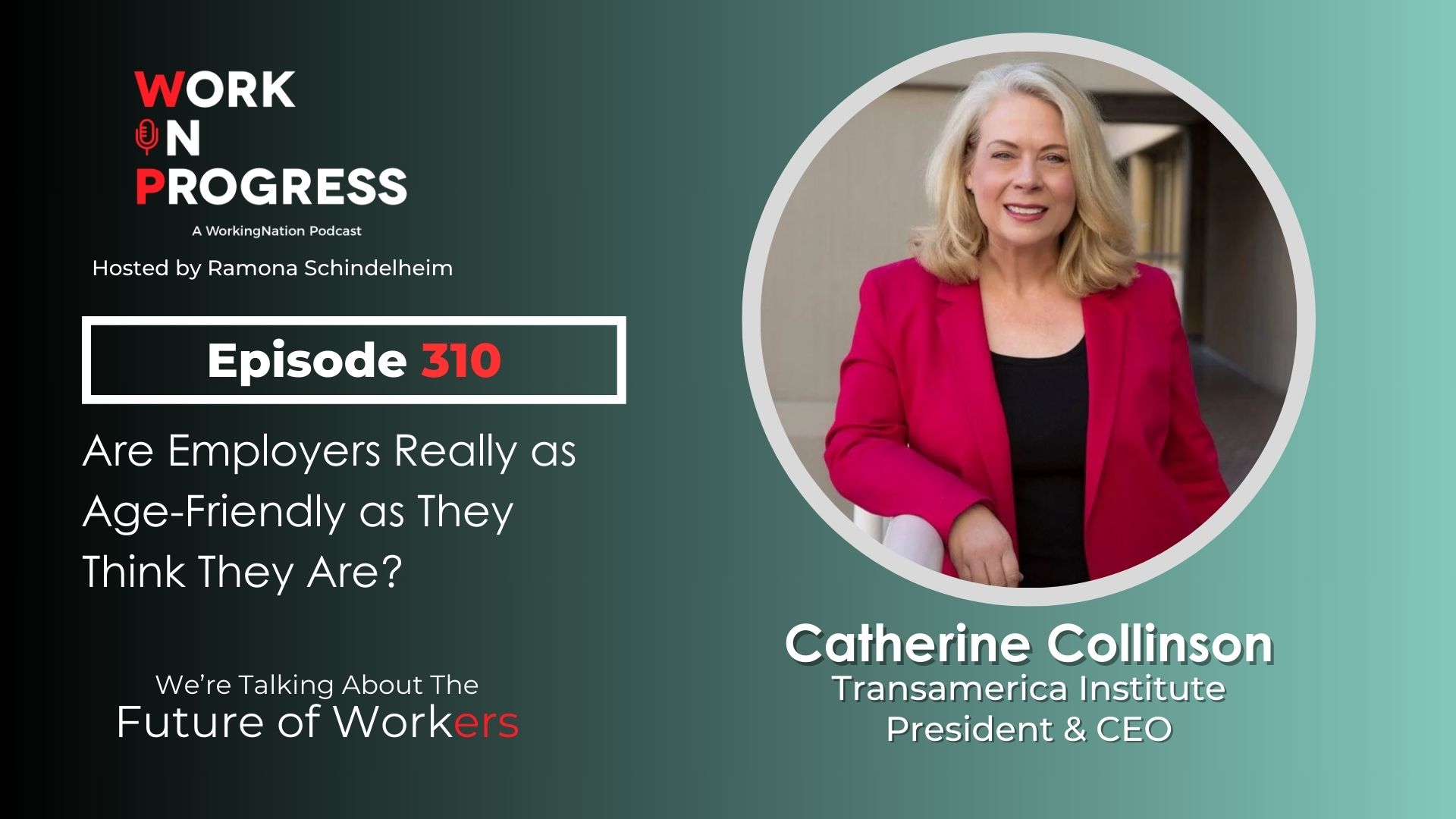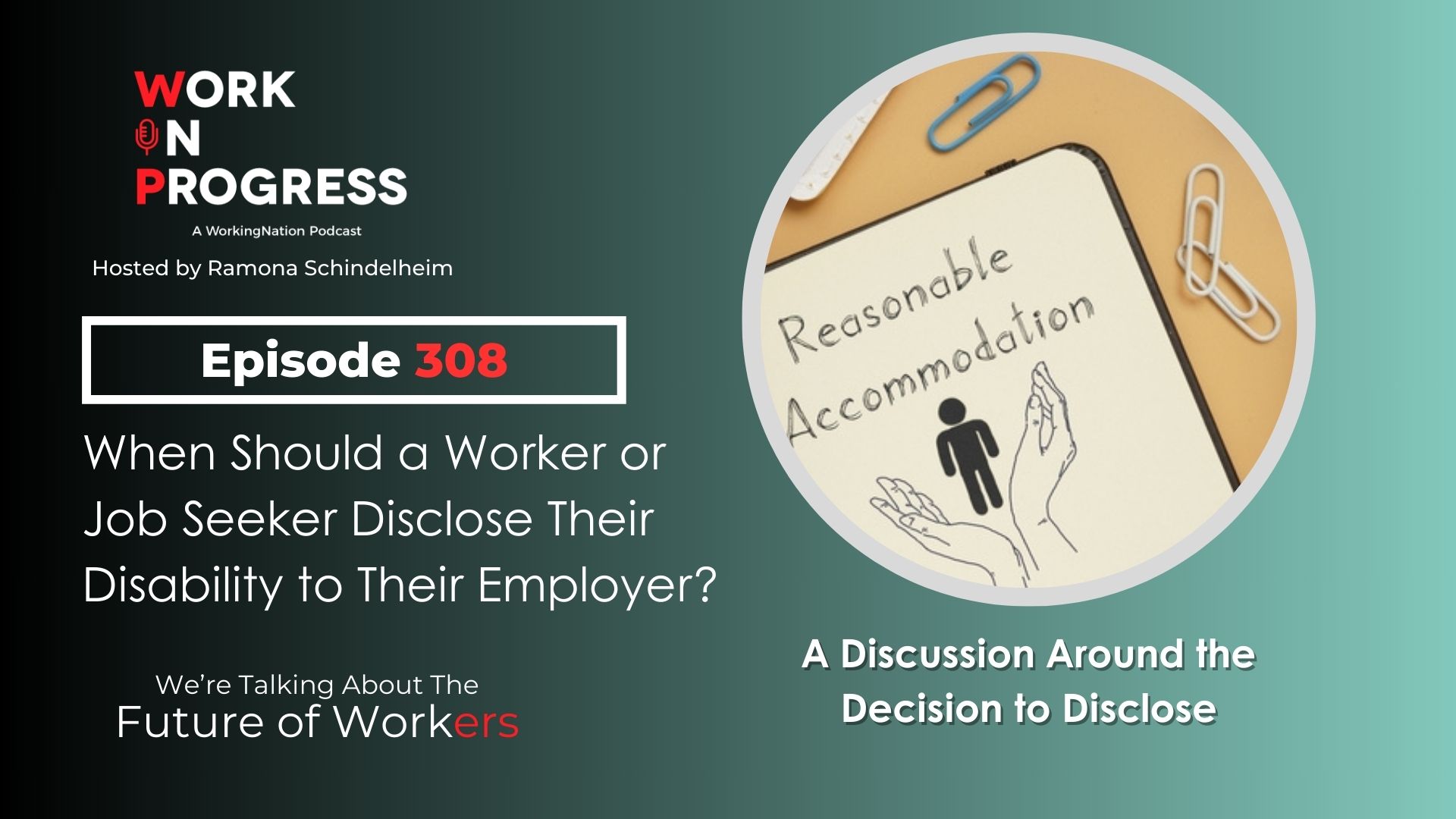We asked our WorkingNation Advisory Board to share their thoughts on the most important issues and challenges facing the workforce and the labor market in 2024.
Gary A. Officer is president and CEO at the Center for Workforce Inclusion, advocating for economic opportunity for low-income, older job seekers.
Here are his thoughts on The Future of Work 2024.

“Our nation’s labor market remains in a state of confounding flux. On the one hand, the national unemployment rate of 3.9% suggests we have slowly returned to an environment of near full employment. Yet, on the other hand, the raw unemployment numbers offer an incomplete assessment of the U.S. Labor Market.
“Pre-pandemic, the talk among labor economists, workforce futurists, and workforce development professionals almost exclusively focused on the emergence of the gig economy, automation, and the emergence of a workforce less tied to the established norms of ‘tenure-based’ employment with a single or very few employers.
“Pre-pandemic, the gradual recognition of the importance of our growing – and aging – workforce began to creep into our consciousness. Yet, despite our newfound awareness of the need to fully engage the 55-plus demographic into the workforce, older workers continue to experience great difficulty in securing positions commensurate with their skills and experience.
“The experience of older workers today is captured every month in the Bureau of Labor Statistics’ monthly jobs report. The jobs report with monotonous regularity informs us of the following: The labor force participation for older workers (55-plus) steadily resides around 38%; the long-term unemployment rate for older workers routinely reports around 25%; and the monthly unemployment rate for those fortunate to remain actively employed typically lands at or around 2.7%.
“So here is the story: Older workers continue to experience significant barriers to workforce participation when measured against other age groups. This can be fixed. We also find that many older workers have decided to exit the workforce after experiencing one rejection too many. They simply had enough.
“More tellingly, the share of older Americans in our workforce will grow over the next decade according to the U.S. Special Committee on Aging. We need to equip older workers with the tools to work within a hybrid workforce; we need to increase the digital literacy of our nation’s older workers to maximize their productivity; and we need to ensure that workforce training programs adequately equip our older workers for the inevitability of new occupations that will emerge because of generative artificial intelligence.
“Our older workers must be treated with dignity. They must be afforded the opportunity to engage in occupations informed by their experiences and skills. We must increase access to workforce training programs to best prepare older workers for a workforce future we have yet to see. It can be done.”
Read more from our WorkingNation Advisory Board members on The Future of Work 2024.

